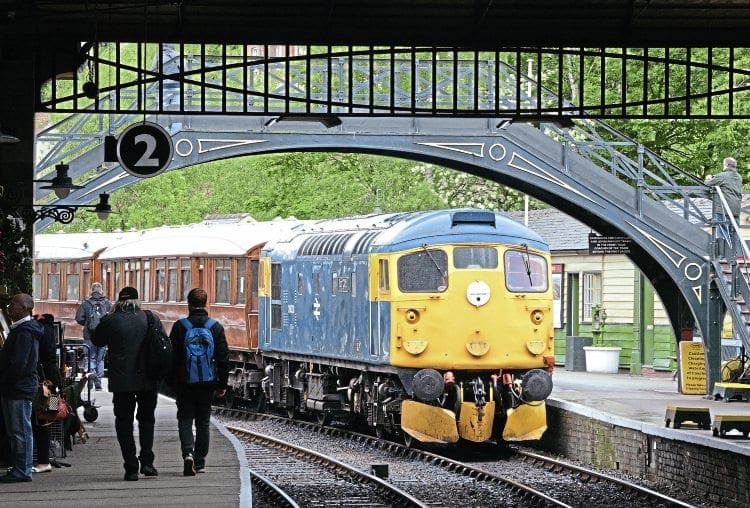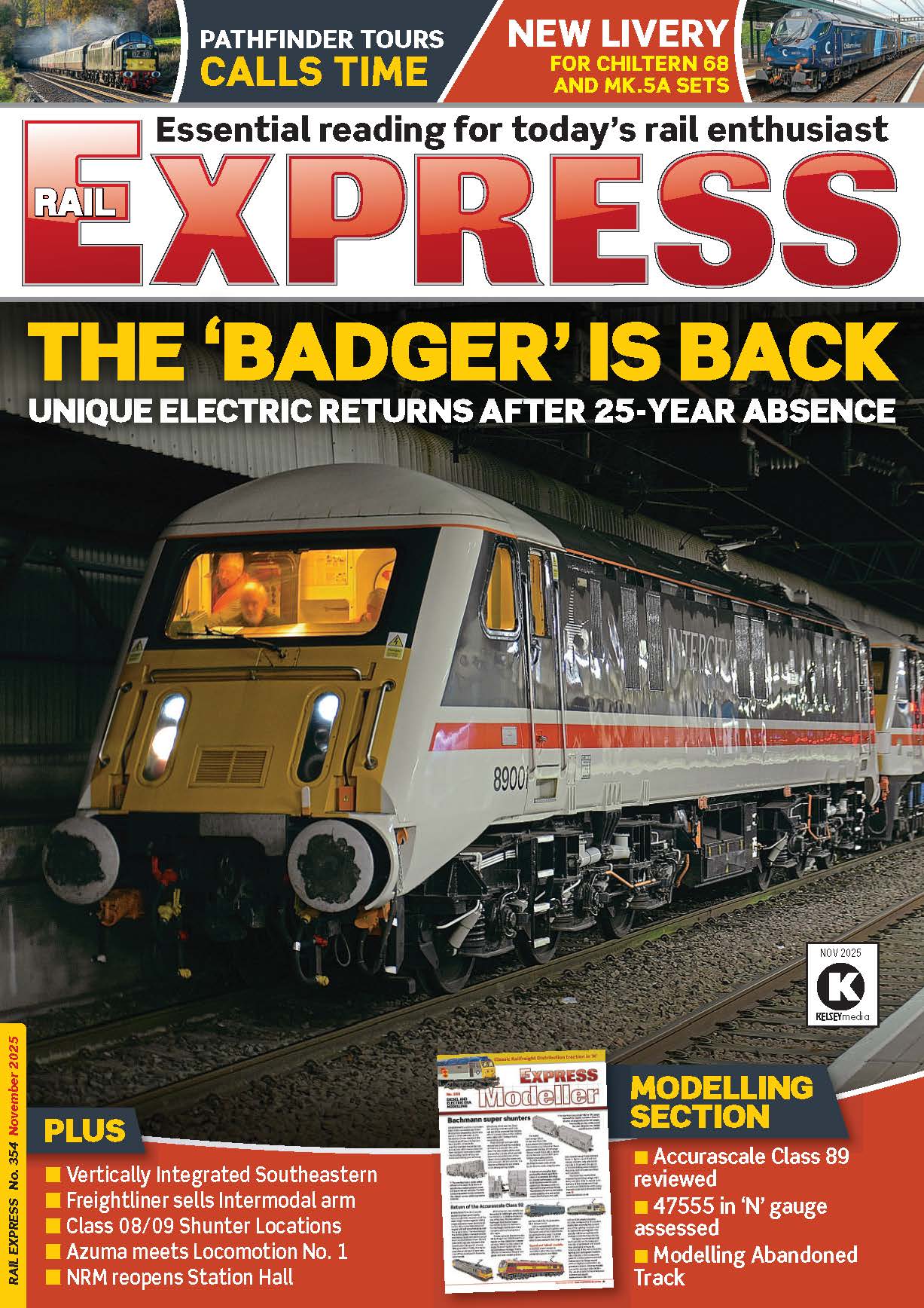Neville Hill visits the North Yorkshire Moors Railway to see how the performance of BRCW Type 2 No. 26038 compares to its former British Railways days in Scotland.

EVEN in the busiest days of British Railways, it would have been unusual to see a ‘60A’ Inverness shed-plate anywhere near Pickering, North Yorkshire, and considerable imagination is necessary even to formulate the likely circumstances that would lead to such an event. But here in August bank holiday week 2016 was a Scottish Class 26 ‘MacRat’ at the head of a seven-coach train – an opportunity that some of us remember having to travel as far as Kyle of Lochalsh to enjoy.
The Birmingham RC&W’s 1160hp Type 2 diesels were constructed from 1958 with the ultimate destiny of dislodging steam traction from the Highlands, which it was proving disproportionately expensive to fuel and maintain on a heavily-subsidised railway that could easily fall prey to closure.
Enjoy more Rail Express Magazine reading every month.
Click here to subscribe & save.
Often working in multiple with another class member, or with the similar Type 2s that were to become Class 24s, the ‘26s’ were soon appreciated by train crews in the Highlands, perhaps as much for the way the warm cabs mitigated the hardships of winter railroading over summits such as Slochd and Druimuachdar – the latter being the highest point on a mainline railway in Britain.
Read more in November’s issue of RE



